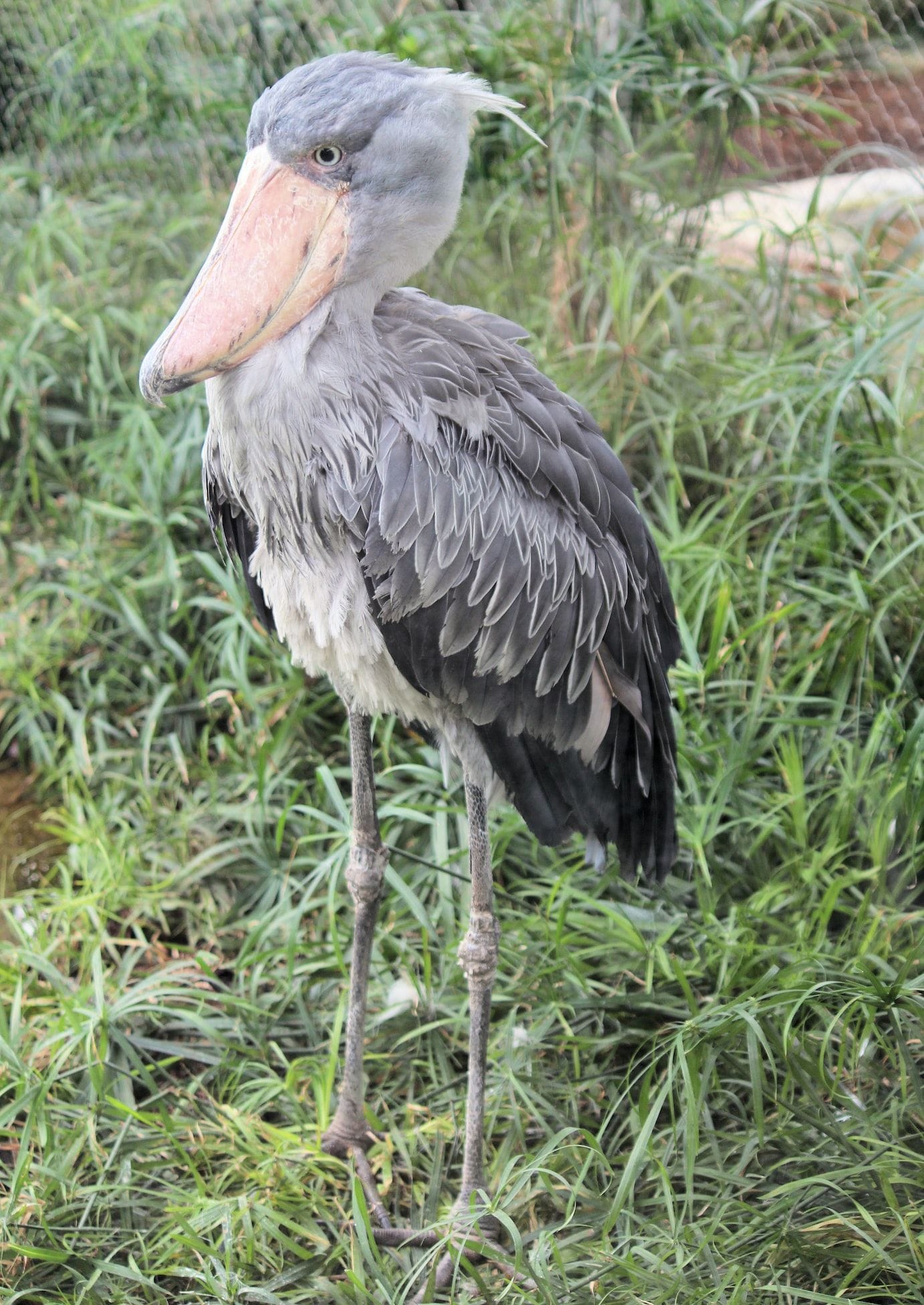Let’s set the stage for a thrilling wildlife encounter between the shoebill stork and the mighty crocodile. These fascinating creatures have captured our attention in countless documentaries and viral videos, painting a picture of a fierce rivalry where the shoebill emerges as the victor. But wait, is that the whole story? Is there more than meets the eye? Join us as we embark on an exciting adventure to separate fact from fiction and unveil the truth behind the headlines. Get ready to dive into the captivating world of the shoebill stork and the crocodile, where we’ll explore their diets, hunting strategies, and their intriguing interactions.
Shoebill Stork Diet: Beyond the Sensationalized Headlines
You’ve probably seen the pictures: a massive shoebill stork, with its prehistoric-looking beak, seemingly chowing down on a crocodile. It’s a wild image, one that makes you wonder if these birds are actually real-life dinosaur descendants! While shoebills are certainly impressive creatures and skilled hunters, the truth about their relationship with crocodiles is a bit more nuanced than the viral photos might suggest.
A Bird with a Taste for…Fish?
Shoebill storks, despite their fearsome appearance, aren’t primarily focused on tackling reptiles. Their main course? Fish! Think lungfish and catfish – sunfish are also on the menu! – species that dwell in murky, oxygen-depleted waters. The shoebill’s unique hunting style involves standing incredibly still, almost statue-like, before striking with incredible speed and precision.
Crocodiles on the Menu? It’s Complicated!
Now, about those crocodiles. Do shoebills ever eat them? The answer is a bit of a “yes, but…”. They’re opportunistic eaters, which means they’ll snag whatever prey presents itself. Small crocodiles, particularly hatchlings venturing away from their protective mothers, might occasionally become a meal. However, a full-grown crocodile is a formidable opponent. They’re much larger and stronger than even the biggest shoebill, and a head-on battle would likely end badly for the bird.
Those viral photos that sparked the “shoebill eats crocodile” frenzy? Many probably depict these birds scavenging on already deceased crocodiles or, as mentioned, taking advantage of a size difference with very young crocs.
Are Shoebills Aggressive?
Unveiling the Motivations Behind the Behavior
You’ve probably seen the pictures and videos: shoebills, those prehistoric-looking birds with the intense stare, facing off against crocodiles or even lunging at people. It’s easy to walk away thinking they’re just giant feathered grumps with a bad attitude. But the truth, like always, is a bit more complicated.
Shoebills, while certainly capable of aggression, aren’t out there picking fights for fun. Their behavior is largely driven by two things: food and protecting their space.
Think about it – they have that enormous beak for a reason. It’s a highly specialized tool for hunting, perfectly designed for snatching fish, amphibians, and reptiles. So, if another animal – shoebill or otherwise – gets too close to their meal, especially during nesting season when they’re feeding chicks, things can get a little heated.
Speaking of nesting season, that’s prime time for territorial behavior. Shoebills take defending their nests seriously. They’ve been observed spreading their wings, clattering their beaks, and generally making a big show of force to warn off potential intruders. And yes, sometimes that intruder might be a human who wandered too close without realizing.
Now, about those crocodile encounters… While shoebills have been known to square off against crocs, it’s not as common as the internet might lead you to believe. Frankly, a full-grown crocodile is a formidable opponent, even for a bird with a beak that could probably crack a coconut. Shoebills are more likely to give adult crocs a wide berth. That said, they might take advantage of an opportunity to snatch a smaller, more vulnerable croc, but who wouldn’t?
Even among themselves, things aren’t always peaceful. Sibling rivalry is real in the shoebill world. In some cases, the competition for food and parental attention gets so intense that a stronger chick might actually kill its weaker sibling – a behavior known as siblicide. It’s a harsh reality of nature, driven by survival instincts.
So, are shoebills aggressive? The answer is: it depends. They’re not inherently out to get anyone, but they will defend themselves, their young, and their food sources. Like many animals, their aggression is a matter of survival, not malice.
The Bigger Picture: Conservation Concerns & Untapped Potential
While the idea of a shoebill battling a crocodile is captivating, it’s essential to remember the real threats these birds face. Habitat loss and hunting are pushing them towards a precarious future. Focusing on sensationalized stories can distract from the urgent need to protect these unique creatures and their wetland homes. Learn more about the awkward and bizarre creatures of Japanese urban legends, like the umbrella yokai, and their connection to folklore.
Let’s appreciate these birds for the amazing predators they are, acknowledging both their power and the fragility of their existence in a changing world.
- Unveiling the Enigma: Mansoureh Khojasteh Bagherzadeh’s Public Appearances & Private Life in Iran - July 18, 2025
- Unveiling the Mystery: Mansoureh Khojasteh Bagherzadeh’s Husband: A Rare Glimpse into a Private Life - July 18, 2025
- Unveiling Masoud Khamenei’s Mother: Power, Influence, and Iran’s Future - July 18, 2025
















